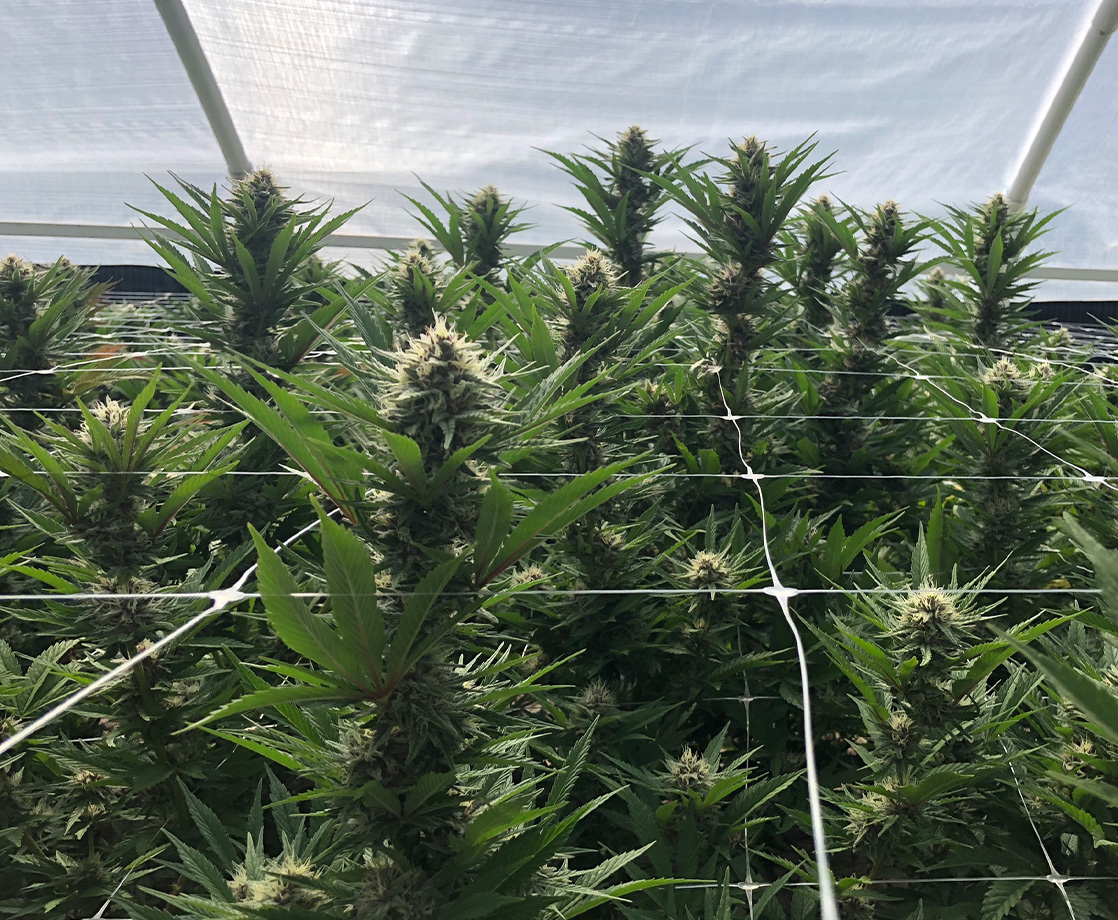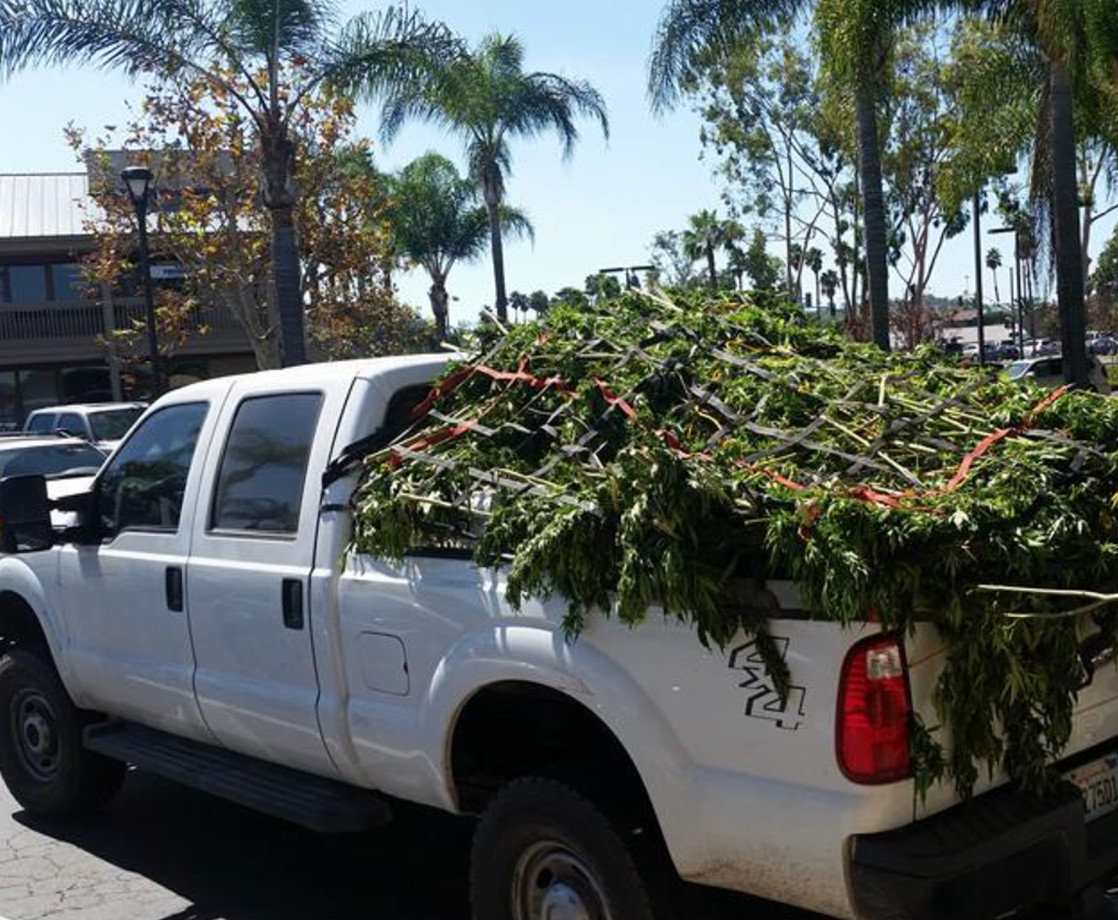Could the chemical compounds that make marijuana smell sweet, skunky, and dank also be contributing to Colorado’s environmental pollution?
According to Colorado Public Radio, that’s the question posed in a new research project spearheaded by the Centennial State Department of Public Health and Environment (CDPHE). In addition to concerns about plastic packaging, water and electricity use, and other less-than-green practices in the growing industry, Colorado scientists want to find out if the cannabis plant itself is adding to the state’s low-level ozone pollution problem.
And when it comes to greenhouse and indoor grows, researchers say that it is the plant’s terpenes — the organic compounds that give cannabis its smell and taste — that are worth observing. Terpenes are volatile organic compounds (VOCs), and when released into the atmosphere they combine with combustion gases to create low-level ozone, a fierce pollutant.
“Here in Colorado, as far as air quality concerns go, ozone is our largest pollutant of concern. We are not meeting the national ambient air quality standards for ozone,” CDPHE’s lead researcher on this project, Kaitlin Urso, told CPR.
Since cannabis is still illegal on the federal level, Urso and her research team must engage in their experiments and observation without outside funding or assistance. But with Denver ranked as America’s 12th worst city in terms of air quality, local cannabis businesses volunteered to participate in the study and try to quantify their plants’ environmental impact.
Gallery — Weed Porn and Cannabis Up-Close:
“It’s important to know, either way, good news or bad news, what is it that we’re doing?” Scott Brady, the grow operations manager at Smokey’s 420 dispensary, which is participating in the CDPHE study, told CPR. “And then, to be able to have conversations with them about what we can do to help that?”
Urso and her research team are taking air samples from cannabis grows in various stages of the plant’s life cycle, and testing them to hopefully determine “how many pounds of VOCs are emitted into our atmosphere per pound of marijuana grown.” Because the VOC levels are directly correlated to terpene production, Urso said that different plants could result in vastly different readings for VOCs.
For indoor growers, researchers said that carbon filters can be used to contain and scrub VOCs before they are released into the atmosphere, but at this point, more research is needed to determine pot’s total effect on ozone pollution.
“We have an obligation to make sure that we are in addition to our communities, and not a drag on our communities,” Brady said.
Follow Zach Harris on Twitter











